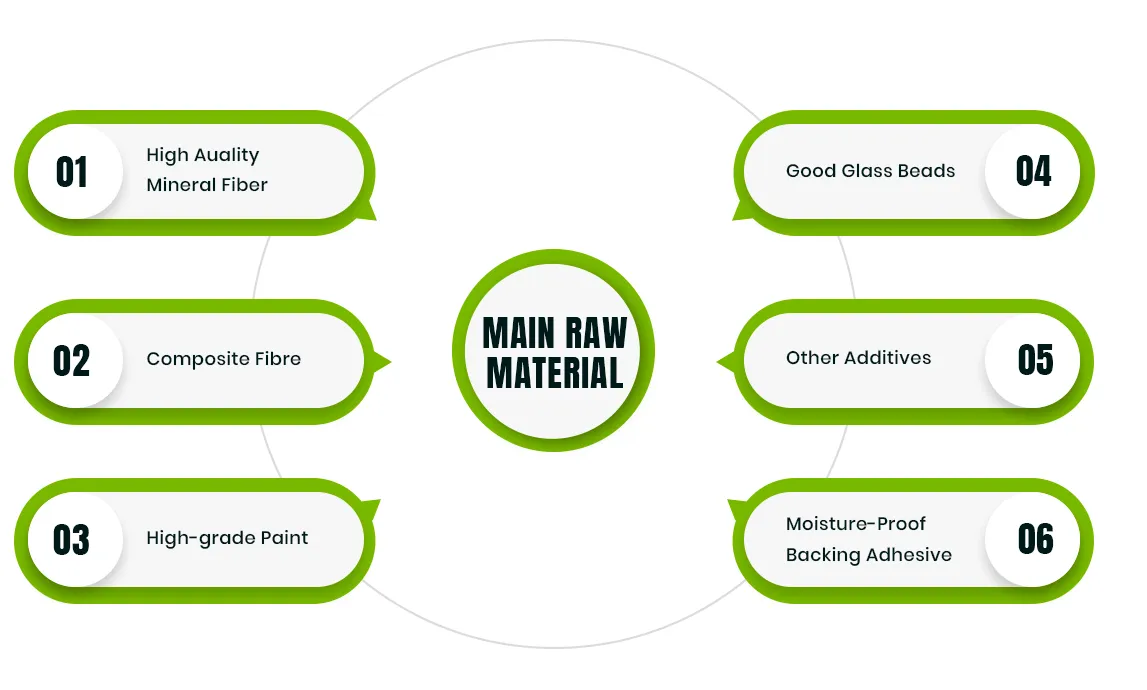Nov . 08, 2024 16:00 Back to list
metal ceiling hatch
Understanding Metal Ceiling Hatches Functionality and Benefits
When it comes to architectural design and construction, the efficiency and functionality of a building are paramount. One often-overlooked element in this context is the ceiling hatch, particularly metal ceiling hatches. These fixtures play a crucial role in providing access to roof spaces and concealed areas within structures, which can be essential for maintenance, inspection, and safety.
What is a Metal Ceiling Hatch?
A metal ceiling hatch is a type of access panel that is installed in the ceiling of a building. Unlike other materials, metal provides durability, strength, and resilience, making it an excellent choice for various settings. Typically constructed from materials like steel or aluminum, metal ceiling hatches are designed to withstand heavy use and can often support significant weight loads. This feature is particularly important in commercial buildings where access to HVAC systems, plumbing, and electrical lines may be required frequently.
Key Features
1. Durability One of the most significant advantages of metal ceiling hatches is their longevity. Metal can resist wear and tear from environmental factors and heavy usage, ensuring that the hatch remains functional over time.
2. Security Many metal ceiling hatches come equipped with locking mechanisms that enhance building security. This is particularly crucial in commercial settings where sensitive equipment, documentation, or inventory may be stored in attics or overhead spaces.
3. Fire Resistance Metal hatches are often fire-rated, meaning they can help slow the spread of fire between compartments within a building. This added safety feature makes them suitable for various buildings, including industrial facilities that may be at a higher risk of fire.
4. Easy Access The primary function of a ceiling hatch is to provide quick and efficient access to otherwise hard-to-reach areas. This is essential for maintenance personnel who need to access roof spaces, HVAC equipment, or plumbing systems.
metal ceiling hatch

5. Insulation Quality metal ceiling hatches are designed to be insulated, minimizing energy loss and maintaining the efficiency of climate control systems. Proper insulation also contributes to a more comfortable indoor environment by reducing drafts and temperature fluctuations.
6. Aesthetic Appeal Modern metal hatches can be designed to blend seamlessly with a building's interior, ensuring that they do not disrupt the aesthetic flow of a room.
Installation and Maintenance
Proper installation of a metal ceiling hatch is critical for ensuring its effectiveness and safety. It is essential that the hatch is installed by a qualified professional who can ensure it meets local building codes and regulations. Additionally, regular maintenance checks should be conducted to ensure that the hatch is operating correctly, the locking mechanisms function properly, and that there are no signs of rust or damage.
Applications
Metal ceiling hatches are widely used in various environments, including commercial buildings, warehouses, hospitals, and schools. They are particularly beneficial in areas where service personnel require regular access to overhead utilities without needing extensive renovations or ceiling replacements.
Conclusion
In conclusion, metal ceiling hatches are an indispensable feature in modern building design. Their combination of durability, security, and ease of access makes them a practical choice for various applications. As architects and builders continue to prioritize efficiency and safety in design, the significance of metal ceiling hatches will undoubtedly grow. Whether for maintenance, inspection, or safety, investing in high-quality metal ceiling hatches is a wise decision for any property owner looking to enhance the functionality of their building.
-
Quality Ceiling Trap Doors & Access Panels | Easy & Secure AccessNewsAug.30,2025
-
Durable Ceiling T Grid Systems | Easy InstallationNewsAug.29,2025
-
PVC Gypsum Ceiling: Durable, Laminated Tiles for Modern SpacesNewsAug.28,2025
-
Pvc Gypsum Ceiling Is DurableNewsAug.21,2025
-
Mineral Fiber Board Is DurableNewsAug.21,2025
-
Ceiling Tile Clip Reusable DesignNewsAug.21,2025







